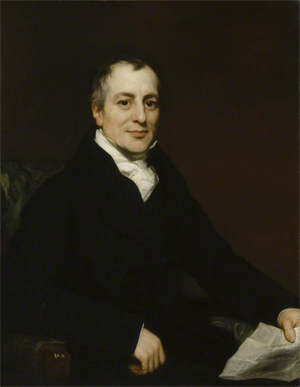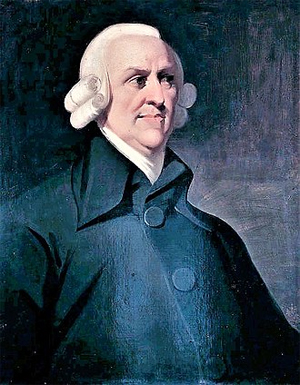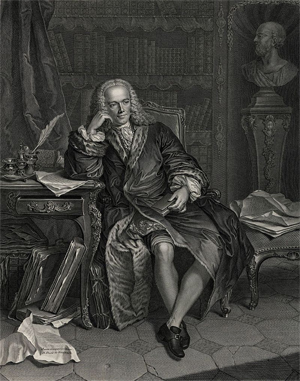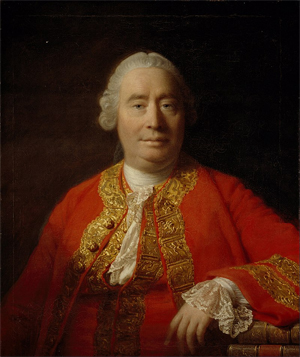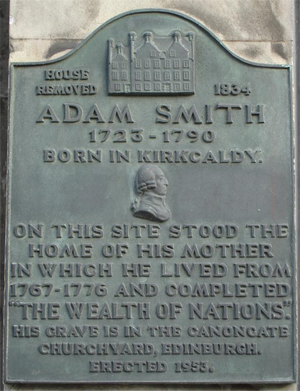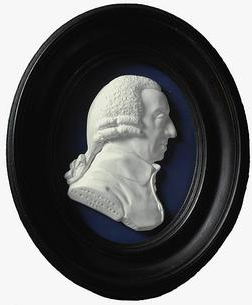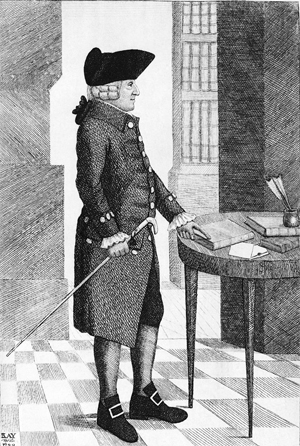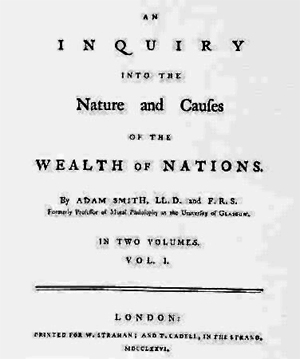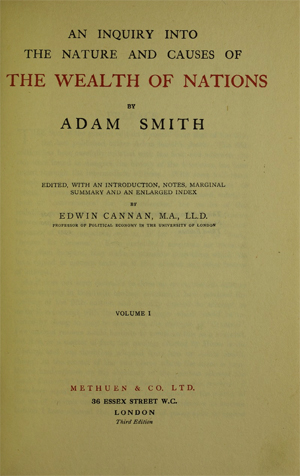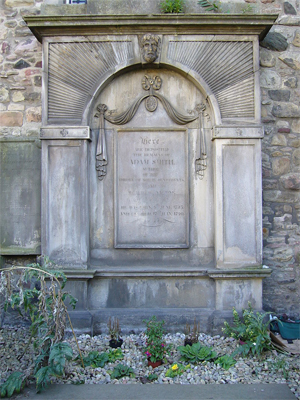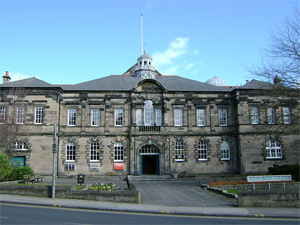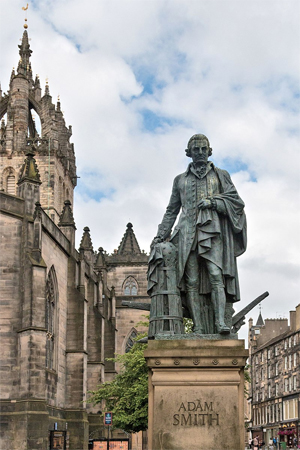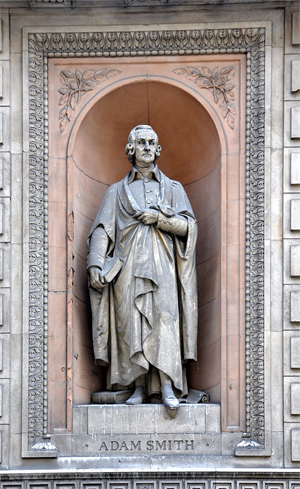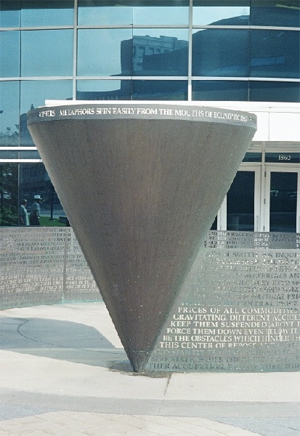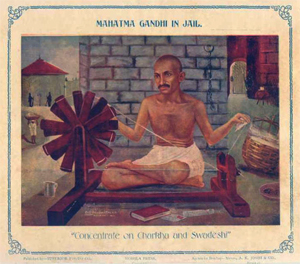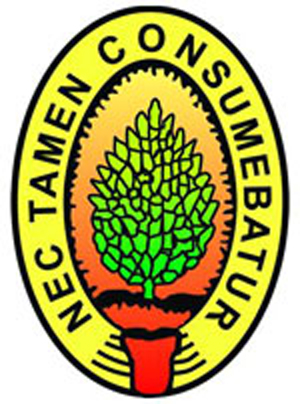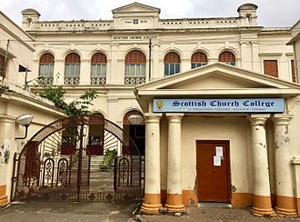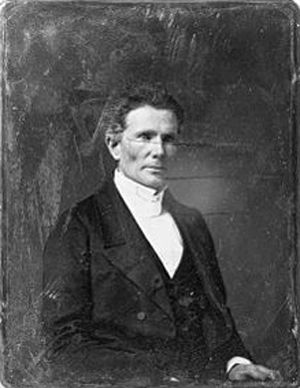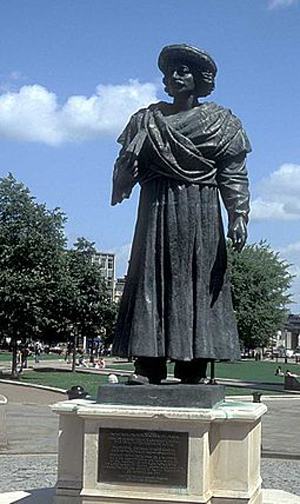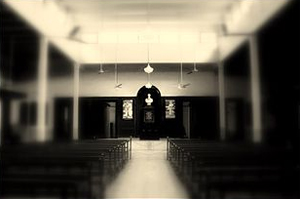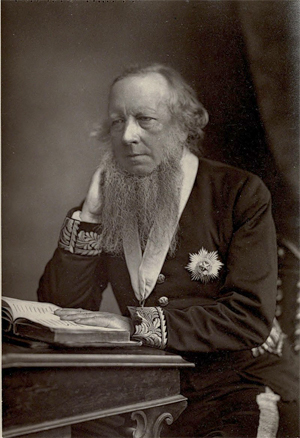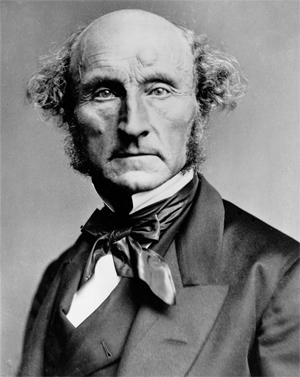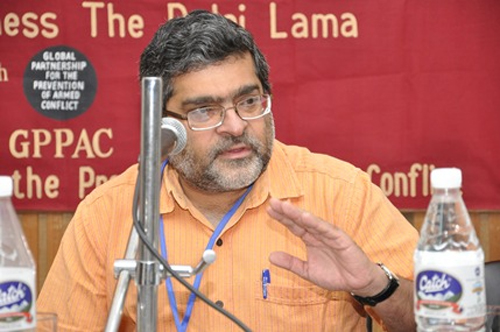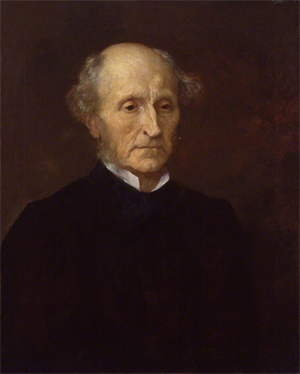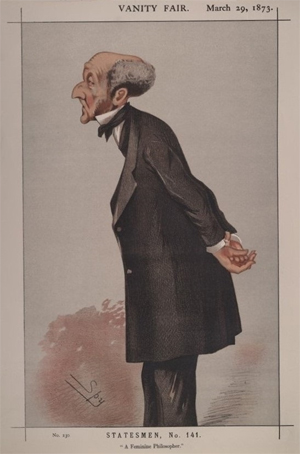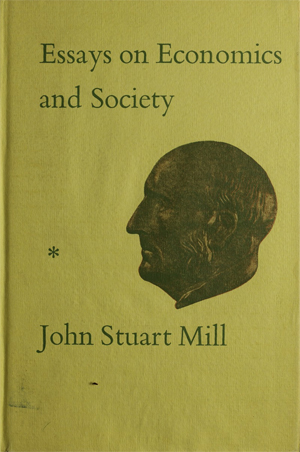by Wikipedia
Accessed: 5/22/20
The Government of India Act of 1919 is outstanding in many ways. It is the most drastic and most important reform made in Indian government in the whole period from 1861 to the achievement of self-government. Its provisions for the central government of India remained in force, with only slight changes, from 1919 to 1946. It is the only one of these acts whose "secret" legislative background is no longer a secret. And it is the only one which indicated a desire on the part of the British government to establish in India a responsible government patterned on that in Britain.
The legislative history of the Act of 1919 as generally known is simple enough. It runs as follows. In August 1917 the Secretary of State for India, Edwin S. Montagu, issued a statement which read: "The policy of H.M. Government, with which the Government of India are in complete accord, is that of the increasing association of Indians in every branch of the administration and the gradual development of self-government institutions with a view to the progressive realization of responsible government in India as an integral part of the British Empire." The critical word here is responsible government, since the prospect of eventual self-government had been held out to India for years. In accordance with this promise, Montagu visited India and, in cooperation with the Viceroy, Lord Chelmsford, issued the Montagu-Chelmsford Report, indicating the direction of future policy. This report became the basis for the bill of 1918, which, after a certain amount of amendment by Lord Selborne's Joint Select Committee, came into force as the Government of India Act of 1919.
The secret history of this Act is somewhat different, and begins in Canada in 1909, when Lionel Curtis accepted from his friend William Marris the idea that responsible government on the British pattern should be extended to India. Two years later, Curtis formed a study group of six or eight persons within the London Round Table Group. We do not know for certain who were the members of the study group, but apparently it included Curtis, Kerr, Fisher, and probably Brand. To these were added three officials of the India Office. These included Malcolm Seton (Sir Malcolm after 1919), who was secretary to the Judicial Department of the India Office and joined Curtis's group about 1913; and Sir William Duke, who was Lieutenant Governor of Bengal in 1911-1912, senior member of the council of the Governor of Bengal in 1912-1914, and a member of the Council of India in London after 1914. At this last date he joined the Curtis group. Both of these men were important figures in the India Office later, Sir William as Permanent Under Secretary from 1920 to his death in 1924, and Sir Malcolm as Assistant Under Secretary (1919-1924) and Deputy Under Secretary (1924-1933). Sir Malcolm wrote the biographical sketch of Sir William in the Dictionary of National Biography, and also wrote the volume on The India Office in the Whitehall Series (1926). The third member from this same source was Sir Lionel Abrahams, Assistant Under Secretary in the India Office.
The Curtis study group was not an official committee, although some persons (both at the time and since) have believed it was. Among these persons would appear to be Lord Chelmsford, for in debate in the House of Lords in November 1927 he said:"I came home from India in January 1916 for six weeks before I went out again as Viceroy, and, when I got home, I found that there was a Committee in existence at the India Office, which was considering on what lines future constitutional development might take place. That Committee, before my return in the middle of March gave me a pamphlet containing in broad outline the views which were held with regard to future constitutional development. When I reached India I showed this pamphlet to my Council and also to my noble friend, Lord Meston, who was then Lieutenant Governor of the United Provinces. It contained, what is now known as the diarchic principle.... Both the Council and Lord Meston, who was then Sir James Meston, reported adversely on the proposals for constitutional development contained in that pamphlet."
Lord Chelmsford then goes on to say that Austen Chamberlain combated their objections with the argument that the Indians must acquire experience in self- government, so, after the announcement to this effect was made publicly in August 1917, the officials in India accepted dyarchy.
If Lord Chelmsford believed that the pamphlet was an official document from a committee in the India Office, he was in error. The other side of the story was revealed by Lionel Curtis in 1920 in his book Dyarchy. According to Curtis, the study group was originally formed to help him write the chapter on India in the planned second volume of The Commonwealth of Nations. It set as its task "to enquire how self-government could be introduced and peacefully extended to India." The group met once a fortnight in London and soon decided on the dyarchy principle. This principle, as any reader of Curtis's writings knows, was basic in Curtis's political thought and was the foundation on which he hoped to build a federated Empire. According to Curtis, the study group asked itself: "Could not provincial electorates through legislatures and ministers of their own be made clearly responsible for certain functions of government to begin with, leaving all others in the hands of executives responsible as at present to the Government of India and the Secretary of State? Indian electorates, legislatures, and executives would thus be given a field for the exercise of genuine responsibility. From time to time fresh powers could be transferred from the old governments as the new elective authorities developed and proved their capacity for assuming them." From this point of view, Curtis asked Duke to draw up such "a plan of Devolution" for Bengal. This plan was printed by the group, circulated, and criticized in typical Milner Group fashion. Then the whole group went to Oxford for three days and met to discuss it in the old Bursary of Trinity College. It was then rewritten. "No one was satisfied." It was decided to circulate it for further criticism among the Round Table Groups throughout the world, but Lord Chelmsford wrote from New South Wales and asked for a copy. Apparently realizing that he was to be the next Viceroy of India, the group sent a copy to him and none to the Round Table Groups, "lest the public get hold of it and embarrass him." It is clear that Chelmsford was committed to a program of reform along these or similar lines before he went out as Viceroy. This was revealed in debate in the House of Lords by Lord Crewe on 12 December 1919.
After Chelmsford went to India in March 1916, a new, revised version of the study group's plan was drawn up and sent to him in May 1916. Another copy was sent to Canada to catch up with Curtis, who had already left for India by way of Canada, Australia, and New Zealand. This itinerary was undoubtedly followed by Curtis in order to consult with members of the Group in various countries, especially with Brand in Canada. On his arrival in India, Curtis wrote back to Kerr in London:"The factor which impressed me most in Canada, New Zealand, and Australia was the rooted aversion these peoples have to any scheme which meant their sharing in the Government of India.... To these young democratic communities the principle of self- government is the breath of their nostrils. It is almost a religion. They feel as if there were something inherently wrong in one people ruling another. It is the same feeling as that which makes the Americans dislike governing the Philippines and decline to restore order in Mexico. My first impressions on this subject were strongly confirmed on my recent visit to these Dominions. I scarcely recall one of the numerous meetings I addressed at which I was not asked why India was not given self-government and what steps were being taken in that direction."
Apparently this experience strengthened Curtis's idea that India must be given responsible government. He probably felt that by giving India what it and the Dominions wanted for India, both would be bound in loyalty more closely to Britain. In this same letter to Kerr, Curtis said, in obvious reference to the Round Table Group:"Our task then is to bring home to the public in the United Kingdom and the Dominions how India differs from a country like Great Britain on the one hand and from Central Africa on the other, and how that difference is now reflected in the character of its government. We must outline clearly the problems which arise from the contact of East and West and the disaster which awaits a failure to supply their adequate solution by realizing and expressing the principle of Government for which we stand. We must then go on to suggest a treatment of India in the general work of Imperial reconstruction in harmony with the facts adduced in the foregoing chapters. And all this must be done with the closest attention to its effects upon educated opinion here. We must do our best to make Indian Nationalists realize the truth that like South Africa all their hopes and aspirations are dependent on the maintenance of the British Commonwealth and their permanent membership therein."
This letter, written on 13 November 1916, was addressed to Philip Kerr but was intended for all the members of the Group. Sir Valentine Chirol corrected the draft, and copies were made available for Meston and Marris. Then Curtis had a thousand copies printed and sent to Kerr for distribution. In some way, the extremist Indian nationalists obtained a copy of the letter and published a distorted version of it. They claimed that a powerful and secret group organized about The Round Table had sent Curtis to India to spy out the nationalist plans in order to obstruct them. Certain sentences from the letter were torn from their context to prove this argument. Among these was the reference to Central Africa, which was presented to the Indian people as a statement that they were as uncivilized and as incapable of self-government as Central Africans. As a result of the fears created by this rumor, the Indian National Congress and the Moslem League formed their one and only formal alliance in the shape of the famous Lucknow Compact of 29 December 1916. The Curtis letter was not the only factor behind the Lucknow agreement, but it was certainly very influential. Curtis was present at the Congress meeting and was horrified at the version of his letter which was circulating. Accordingly, he published the correct version with an extensive commentary, under the title Letters to the People of India (1917). In this he said categorically that he believed: "(1) That it is the duty of those who govern the whole British Commonwealth to do anything in their power to enable Indians to govern themselves as soon as possible. (2) That Indians must also come to share in the government of the British Commonwealth as a whole." There can be no doubt that Curtis was sincere in this and that his view reflected, perhaps in an extreme form, the views of a large and influential group in Great Britain. The failure of this group to persuade the Indian nationalists that they were sincere is one of the great disasters of the century, although the fault is not entirely theirs and must be shared by others, including Gandhi.
In the first few months of 1917, Curtis consulted groups of Indians and individual British (chiefly of the Milner Group) regarding the form which the new constitution would take. The first public use of the word "dyarchy" was in an open letter of 6 April 1917, which he wrote to Bhupendra Nath Basu, one of the authors of the Lucknow Compact, to demonstrate how dyarchy would function in the United Provinces. In writing this letter, Curtis consulted with Valentine Chirol and Malcolm Hailey. He then wrote an outline, "The Structure of Indian Government," which was revised by Meston and printed. This was submitted to many persons for comment. He then organized a meeting of Indians and British at Lord Sinha's house in Darjeeling and, after considerable discussion, drew up a twelve-point program, which was signed by sixty-four Europeans and ninety Indians. This was sent to Chelmsford and to Montagu.
In the meantime, in London, preparations were being made to issue the historic declaration of 20 August 1917, which promised "responsible" government to India. There can be no doubt that the Milner Group was the chief factor in issuing that declaration. Curtis, in Dyarchy, says: "For the purpose of the private enquiry above described the principle of that pronouncement was assumed in 1915." It is perfectly clear that Montagu (Secretary of State in succession to Austen Chamberlain from June 1917) did not draw up the declaration. He drew up a statement, but the India Office substituted for it one which had been drawn up much earlier, when Chamberlain was still Secretary of State. Lord Ronaldshay (Lord Zetland), in the third volume of his Life of Curzon, prints both drafts and claims that the one which was finally issued was drawn up by Curzon. Sir Stanley Reed, who was editor of The Times of India from 1907 to 1923, declared at a meeting of the Royal Institute of International Affairs in 1926 that the declaration was drawn up by Milner and Curzon. It is clear that someone other than Curzon had a hand in it, and the strongest probability would be Milner, who was with Curzon in the War Cabinet at the time. The fact is that Curzon could not have drawn it up alone unless he was unbelievably careless, because, after it was published, he was horrified when the promise of "progressive realization of responsible government in India" was pointed out to him.
Montagu went to India in November 1917, taking Sir William Duke with him. Curtis, who had been moving about India as the guest of Stanley Reed, Chirol, Chelmsford, Meston, Marris, and others, was invited to participate in the Montagu-Chelmsford conferences on several occasions. Others who were frequently consulted were Hailey, Meston, Duke, and Chirol. The Montagu-Chelmsford Report was written by Sir William Marris of Milner's Kindergarten after Curtis had returned to England. Curtis wrote in Dyarchy in 1920: "It was afterwards suggested in the press that I had actually drafted the report. My prompt denial has not prevented a further complaint from many quarters that Lord Chelmsford and Mr. Montagu were unduly influenced by an irresponsible tourist.... With the exception of Lord Chelmsford himself I was possibly the only person in India with firsthand knowledge of responsible government as applied in the Dominions to the institutions of provinces. Whether my knowledge of India entitled me to advance my views is more open to question. Of this the reader can judge for himself. But in any case the interviews were unsought by me." Thus Curtis does not deny the accusation that he was chiefly responsible for dyarchy. It was believed at the time by persons in a position to know that he was, and these persons were both for and against the plan. On the latter side, we might quote Lord Ampthill, who, as a former acting Viceroy, as private secretary to Joseph Chamberlain, as Governor of Madras, and as brother-in-law of Samuel Hoare, was in a position to know what was going on. Lord Ampthill declared in the House of Lords in 1919: "The incredible fact is that, but for the chance visit to India of a globe- trotting doctrinaire, with a positive mania for constitution-mongering, nobody in the world would ever have thought of so peculiar a notion as Dyarchy. And yet the Joint Committee tells us in an airy manner that no better plan can be conceived."
The Joint Committee's favorable report on the Dyarchy Bill was probably not unconnected with the fact that five out of fourteen members were from the Cecil Bloc or Milner Group, that the chairman had in his day presided over meetings of the Round Table Groups and was regarded by them as their second leader, and that the Joint Committee spent most of its time hearing witnesses who were close to the Milner Group. The committee heard Lord Meston longer than any other witness (almost four days), spent a day with Curtis on the stand, and questioned, among others, Feetham, Duke, Thomas Holland (Fellow of All Souls from 1875 to his death in 1926), Michael Sadler (a close friend of Milner's and practically a member of the Group), and Stanley Reed. In the House of Commons the burden of debate on the bill was supported by Montagu, Sir Henry Craik, H. A. L. Fisher, W. G. A. Ormsby-Gore, and Thomas J. Bennett (an old journalist colleague of Lord Salisbury and principal owner of The Times of India from 1892). Montagu and Craik both referred to Lionel Curtis. The former said: "It is suggested in some quarters that this bill arose spontaneously in the minds of the Viceroy and myself without previous inquiry or consideration, under the influence of Mr. Lionel Curtis. I have never yet been able to understand that you approach the merits of any discussion by vain efforts to approximate to its authorship. I do not even now understand that India or the Empire owes anything more or less than a great debt of gratitude to the patriotic and devoted services Mr. Curtis has given to the consideration of this problem."
Sir Henry Craik later said: "I am glad to join in the compliment paid to our mutual friend, Mr. Lionel Curtis, who belongs to a very active, and a very important body of young men, whom I should be the last to criticize. I am proud to know him, and to pay that respect to him due from age to youth. He and others of the company of the Round Table have been doing good work, and part of that good work has been done in India."
Mr. Fisher had nothing to say about Lionel Curtis but had considerable to say about the bill and the Montagu-Chelmsford Report. He said: "There is nothing in this Bill which is not contained in that Report. That Report is not only a very able and eloquent State Paper, but it is also one of the greatest State Papers which have been produced in Anglo-Indian history, and it is an open-minded candid State Paper, a State Paper which does not ignore or gloss over the points of criticism which have since been elaborated in the voluminous documents which have been submitted to us." He added, a moment later: "This is a great Bill." (2) The Round Table, which also approved of the bill, as might be imagined, referred to Fisher's speech in its issue of September 1919 and called him "so high an authority." The editor of that issue was Lionel Curtis.
In the House of Lords there was less enthusiasm. Chief criticism centered on two basic points, both of which originated with Curtis: (1) the principle of dyarchy — that is, that government could be separated into two classes of activities under different regimes; and (2) the effort to give India "responsible" government rather than merely "self- government" — that is, the effort to extend to India a form of government patterned on Britain's. Both of these principles were criticized vigorously, especially by members of the Cecil Bloc, including Lord Midleton, Lord Lansdowne, Lord Selborne, Lord Salisbury, and others. Support for the bill came chiefly from Lord Curzon (Leader in the Upper House) and Lord Islington (Under Secretary in the India Office).
As a result of this extensive criticism, the bill was revised considerably in the Joint Committee but emerged with its main outlines unchanged and became law in December 1919. These main outlines, especially the two principles of "dyarchy" and "responsibility," were, as we have said, highly charged with Curtis's own connotations. These became fainter as time passed, both because of developments in India and because Curtis from 1919 on became increasingly remote from Indian affairs. The refusal of the Indian National Congress under Gandhi's leadership to cooperate in carrying on the government under the Act of 1919 persuaded the other members of the Group (and perhaps Curtis himself) that it was not possible to apply responsible government on the British model to India. This point of view, which had been stated so emphatically by members of the Cecil Bloc even before 1900, and which formed the chief argument against the Act of 1919 in the debates in the House of Lords, was accepted by the Milner Group as their own after 1919. Halifax, Grigg, Amery, Coupland, Fisher, and others stated this most emphatically from the early 1920s to the middle 1940s. In 1943 Grigg stated this as a principle in his book The British Commonwealth and quoted with approval Amery's statement of 30 March 1943 to the House of Commons, rejecting the British parliamentary system as suitable for India. Amery, at that time Secretary of State for India, had said: "Like wasps buzzing angrily up and down against a window pane when an adjoining window may be wide open, we are all held up, frustrated and irritated by the unrealized and unsuperable barrier of our constitutional prepossessions." Grigg went even further, indeed, so far that we might suspect that he was deprecating the use of parliamentary government in general rather than merely in India. He said:"It is entirely devoid of flexibility and quite incapable of engendering the essential spirit of compromise in countries where racial and communal divisions present the principal political difficulty. The idea that freedom to be genuine must be accommodated to this pattern is deeply rooted in us, and we must not allow our statesmanship to be imprisoned behind the bars of our own experience. Our insistence in particular on the principle of a common roll of electors voting as one homogeneous electorate has caused reaction in South Africa, rebellion or something much too like it in Kenya, and deadlock in India, because in the different conditions of those countries it must involve the complete and perpetual dominance of a single race or creed."
Unfortunately, as Reginald Coupland has pointed out in his book, India, a Re- statement (1945), all agreed that the British system of government was unsuited to India, but none made any effort to find an indigenous system that would be suitable. The result was that the Milner Group and their associates relaxed in their efforts to prepare Indians to live under a parliamentary system and finally cut India loose without an indigenous system and only partially prepared to manage a parliamentary system.
This decline in enthusiasm for a parliamentary system in India was well under way by 1921. In the two year-interval from 1919 to 1921, the Group continued as the most important British factor in Indian affairs. Curtis was editor of The Round Table in this period and continued to agitate the cause of the Act of 1919. Lord Chelmsford remained a Viceroy in this period. Meston and Hailey were raised to the Viceroy's Executive Council. Sir William Duke became Permanent Under Secretary, and Sir Malcolm Seton became Assistant Under Secretary in the India Office. Sir William Marris was made Home Secretary of the Government of India and Special Reforms Commissioner in charge of setting up the new system. L. F. Rushbrook Williams was given special duty at the Home Department, Government of India, in connection with the reforms. Thus the Milner Group was well placed to put the new law into effect. The effort was largely frustrated by Gandhi's boycott of the elections under the new system. By 1921 the Milner Group had left Indian affairs and shifted its chief interest to other fields. Curtis became one of the chief factors in Irish affairs in 1921; Lord Chelmsford returned home and was raised to a Viscounty in the same year; Meston retired in 1919; Marris became Governor of Assam in 1921; Hailey became Governor of the Punjab in 1924; Duke died in 1924; and Rushbrook Williams became director of the Central Bureau of Information, Government of India, in 1920.
This does not indicate that the Milner Group abandoned all interest in India by 1924 or earlier, but the Group never showed such concentrated interest in the problem of India again. Indeed, the Group never displayed such concentrated interest in any problem either earlier or later, with the single exception of the effort to form the Union of South Africa in 1908-1909.
The decade 1919-1929 was chiefly occupied with efforts to get Gandhi to permit the Indian National Congress to cooperate in the affairs of government, so that its members and other Indians could acquire the necessary experience to allow the progressive realization of self-government.
-- The Anglo-American Establishment: From Rhodes to Cliveden, by Carroll Quigley
The Montagu–Chelmsford Reforms or more briefly known as Mont-Ford Reforms were reforms introduced by the colonial government in British India to introduce self-governing institutions gradually in India. The reforms take their name from Edwin Montagu, the Secretary of State for India during the latter parts of the First World War and Lord Chelmsford, Viceroy of India between 1916 and 1921. The reforms were outlined in the Montagu-Chelmsford Report prepared in 1918 and formed the basis of the Government of India Act 1919. These are related to constitutional reforms. Indian nationalists considered that the reforms did not go far enough while British conservatives were critical of them. The important features of this act were as follows:
1. The Imperial Legislative Council was now to consist of two houses- the Central Legislative Assembly and the Council of State.
2. The provinces were to follow the Dual Government System or Dyarchy.
Background
Edwin Montagu became Secretary of State for India in June 1917 after Austen Chamberlain resigned following the capture of Kut by the Turks in 1916 and the capture of an Indian army staged there. He put before the British Cabinet a proposed statement regarding his intention to work towards the gradual development of free institutions in India with a view to ultimate self-government. Lord Curzon thought that this gave Montagu too much emphasis on working towards self-government and suggested that he work towards increasing association of Indians in every branch of the administration and the gradual development of self-governing institutions with a view to the progressive realization of responsible government in India as an integral part of the British Empire. The Cabinet approved the statement with Curzon's amendment incorporated in place of Montagu's original statement.[1]
Reforms
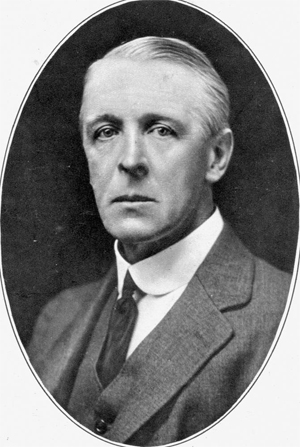
Lord Chelmsford was Viceroy of India.
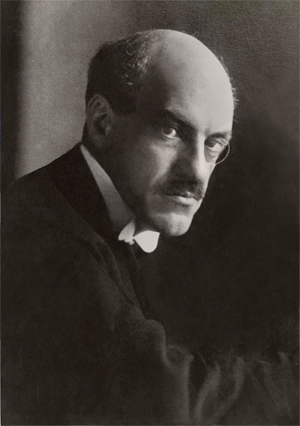
Edwin Samuel Montagu was Secretary of State for India
In late 1917, Montagu went to India to meet Lord Chelmsford, the Viceroy of India, and leaders of Indian community, to discuss the introduction of limited self-government to India, and the protection rights of minority communities. He drew up a report, with Bhupendra Nath Bose, Lord Donoghmore, William Duke and Charles Roberts.[2]
The Report went before Cabinet on 24 May and 7 June 1918 and was embodied in the Government of India Act of 1919. These reforms represented the maximum concessions the British were prepared to make at that time. The franchise was extended, and increased authority was given to central and provincial legislative councils, but the viceroy remained responsible only to London.[3]
The changes at the provincial level were very significant, as the provincial legislative councils contained a considerable majority of elected members. In a system called "dyarchy," the nation-building departments of government were placed under ministers who were individually responsible to the legislature. The departments that made up the "steel frame" of British rule were retained by executive councilors who were nominated by the Governor. They were often, but not always, British and who were responsible to the governor. The Act of 1919 introduced Diarchy in the provinces. Accordingly, the Rights of the Central and Provincial Governments were divided in clear-cut terms. The central list included rights over defence, foreign affairs, telegraphs, railways, postal, foreign trade etc. The provincial list dealt with the affairs like health, sanitation, education, public work, irrigation, jail, police, justice etc. The powers which were not included in the state list vested in the hands of the Centre. In case of any conflict between the 'reserved' and 'unreserved' powers of the State (the former included finance, police, revenue, publication of books, etc. and the latter included health, sanitation, local-self government etc.), the Governor had its final say. In 1921, the "Diarchy" was installed in Bengal, Madras, Bombay, the United Provinces, the Central Provinces, the Punjab, Bihar and Orissa, and Assam; in 1932 it was extended to the North-West Frontier Province.[4]
In 1921 another change recommended by the report was carried out when elected local councils were set up in rural areas, and during the 1920s urban municipal corporations were made more democratic and "Indianized.
The main provisions were the following:
1. The secretary of state would control affairs relating to Government of India.
2. The Imperial Legislative Council would comprise two chambers- the Council of State and the Central Legislative Assembly.
3. The Imperial Legislative Council was empowered to enact laws on any matter for whole of India.
4. The Governor General was given powers to summon, prorogue, dissolve the Chambers, and to promulgate Ordinances.
5. The number of Indians in Viceroy's Executive Council would be three out of eight members.
6. Establishment of bicameral Provincial Legislative councils.
7. Dyarchy in the Provinces-
1. Reserved subjects like Finance, Law and Order, Army, Police etc.
2. Transferred subjects like Public Health, Education, Agriculture, Local Self-government etc.
8. There would henceforth be direct election and an extension of Communal franchise.[5]
9. A council of princes was also set up with 108 members to allow princes to debate matters of importance. But it had no power and some princes didn't even bother to attend what was little more than a 'talking shop'[6]
Reception in India
Many Indians had fought with the British in the First World War and they expected much greater concessions.[7] The Indian National Congress and the Muslim League had recently come together demanding self-rule. The 1919 reforms did not satisfy political demands in India. The British repressed opposition, and restrictions on the press and on movement were re-enacted through the Rowlatt Acts introduced in 1919. These measures were rammed through the Legislative Council with the unanimous opposition of the Indian members. Several members of the council including Jinnah resigned in protest. These measures were widely seen throughout India as a betrayal of the strong support given by the population for the British war effort.[2]
Gandhi launched a nationwide protest against the Rowlatt Acts with the strongest level of protest in the Punjab. The situation worsened in Amritsar in April 1919, when General Dyer ordered his troops to open fire on demonstrators hemmed into a tight square, resulting in the deaths of 379 civilians. Montagu ordered an inquiry into the events at Amritsar by Lord Hunter.[8] The Hunter Inquiry recommended that General Dyer, who commanded the troops, be dismissed, leading to Dyer's sacking. Many British citizens supported Dyer, whom they considered had received unfair treatment from the Hunter Inquiry. The conservative Morning Post newspaper collected a subscription of £26,000 for General Dyer and Sir Edward Carson moved a censure motion on Montagu which was nearly successful. Montagu was saved largely due to a strong speech in his defence by Winston Churchill.[3]
The Amritsar massacre further inflamed Indian nationalist sentiment ending the initial response of reluctant co-operation.[9] At the grass roots level, many young Indians wanted faster progress towards Indian independence and were disappointed by lack of advancement as Britons returned to their former positions in the administration. At the Indian National Congress annual session in September 1920, delegates supported Gandhi's proposal of swaraj or self-rule – preferably within the British Empire or out of it if necessary. The proposal was to be implemented through a policy of non-cooperation with British rule meaning that Congress did not field candidates in the first elections held under the Montagu-Chelmsford reforms in 1921.[5]
Review
The Montagu-Chelmsford report stated that there should be a review after 10 years. Sir John Simon headed the committee (Simon Commission) responsible for the review, which recommended further constitutional change. Three round table conferences were held in London in 1930, 1931 and 1932 with representation of the major interests. Mahatma Gandhi attended the 1931 round table after negotiations with the British Government. But Jinnah's communal attitude was a hindrance to any decision being taken. The major disagreement between the Indian National Congress and the British was separate electorates for each community which Congress opposed but which were retained in Ramsay MacDonald's Communal Award. A new Government of India Act 1935 was passed continuing the move towards self-government first made in the Montagu-Chelmsford Report.[5]
References
1. Chandrika Kaul (2004). Montagu, Edwin Samuel (1879–1924). Oxford Dictionary of National Biography, Oxford University Press.
2. Dixon, William Macneile. "Summary of Constitutional Reforms for India : being proposals of Secretary of State Montagu and the Viceroy, Lord Chelmsford". New York: G. G. Woodwark. p. 24. Retrieved 21 March 2016.
3. Ryland, Shane (1973). "Edwin Montagu in India, 19174918: Politics of the Montagu‐Chelmsford report". South Asia: Journal of South Asian Studies. 3: 79–92. doi:10.1080/00856407308730678.
4. Woods, Philip (1994). "The Montagu‐Chelmsford reforms (1919): A re‐assessment". South Asia: Journal of South Asian Studies. 17: 25–42. doi:10.1080/00856409408723196.
5. Madan Mohan Malaviya (2009). A criticism of Montagu-Chelmsford proposals of Indian constitutional reform. Chintamani. Columbia University Libraries Collection. pp. 1-8
6. The history and culture of Pakistan by Nigel Kelly page 62
7. "From the Archives (December 2, 1919): Mr. Tilak on Reforms". The Hindu. 2 December 2019. ISSN 0971-751X. Retrieved 12 January 2020.
8. Nigel Collett (15 October 2006). The Butcher of Amritsar: General Reginald Dyer. A&C Black. p. 263.
9. "From the Archives (January 21, 1920): Montagu Must Go". The Hindu. 21 January 2020. ISSN 0971-751X. Retrieved 26 January 2020. The India writes: The most horrifying and amazing fact about the Amritsar Massacre after the vile deed itself, is that it has been possible to conceal it for exactly eight months from the British people. For that concealment the Secretary of State for India cannot possibly evade their responsibility
Further reading
• Montagu Millennium entry on Montagu-Chelmsford Report
• One Scholar’s Bibliography
• Britannica Encyclopaedia: Montagu-Chelmsford Report
• Puja Mondal, Montagu-Chelmsford Reforms and the Government of India Act, 1919.
• Self study history: Montagu-Chelmsford Reforms
• Paul Johnson (1991). A History of the Modern World: from 1917 to the 1990s. Weidenfeld and Nicolson London.
• Merriam-Webster's Biographical Dictionary entry on Edwin Montagu (1995). Merriam-Webster

